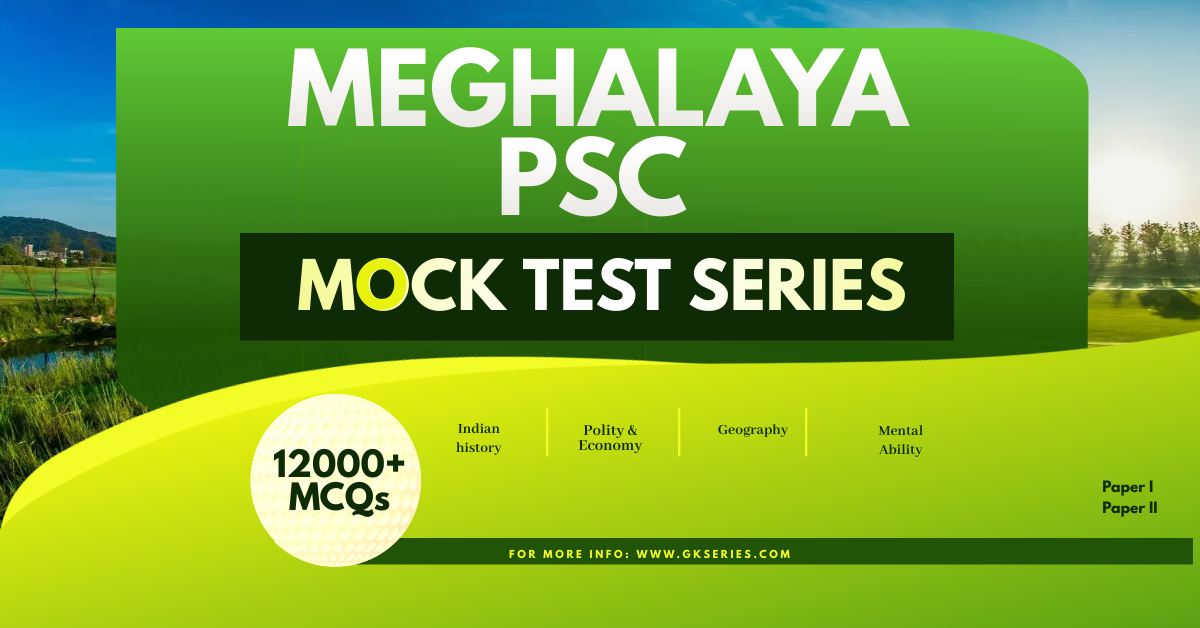PAPER‐I
General account of infection, Phytoimmunology. Applications of microbiology in agriculture, industry, medicine and pollution control in air, soil and water.
Important plant diseases caused by viruses, bacteria, mycoplasma, fungi and nematodes. Mode of infection and dissemination Molecular basis of infection and disease resistance/defence. Physiology of parasitism and control measures. Fungal toxins.
General account of Cycadofilicales, Bennettitales and Cordaitales.
Angiosperms: Systematics, anatomy, embryology, palynology and phylogeny.
Comparative account of various systems of Angiosperm Classification. Study of angiospermic families‐ Magnoliaceae, Ranunculaceae, Brassicaceae (Cruci‐ferae), Rosaceae, Leguminosae, Euphorbiaceae, Malvaceae, Dipterocar‐paceae, Apiaceae (Umbelliferae), Asclepiadaceae, Verbenaceae, Solana‐ceae,
Rubiaceae, Cucurbitaceae, Asteraceae (Composite), Poaceae (Gramineae), Arecaceae (Palmae), Liliaceae, Musaceae, Orchidaceae.
Stomata and their types. Anamalous secondary growth, Anatomy of C 3 and C 4 plants.
Development of male and female gametophytes, pollination, fertilization. Endosperm‐its development and function. Patterns of embryo development. Polymbryony, apoxmix, Applications of polynology.
Origin of cultivated plants, Vavilov’s centres of origin. Plants as sources for food, fodder, fibres, spices, beverages, drugs, narcotics, insecticides, timber,gums, resins and dyes.
Latex, cellulose Starch and their products. Perfumery. Importance of Ethnobotany in Indian context.
Energy plantation. Botanical Gardens and Herbaria.
PAPER‐II
Nucleus. Nucleolus, nuclear pore complex. Chromatin and nucleosome. Cell signalling and cell receptors.
Signal transduction ( G‐1 proteins, etc.). Mitosis and meiosis; molecular basis of cell cycle. Numerical and structural variations in chromosomes and their significance. Study of polytene, lampbrush and B‐chromosomes‐structure, behaviour and significance.
Prions and prion hypothesis.
Structure and synthesis of nucleic acids and proteins. Genetic code and regulation of gene expression.
Multigene family.
Organic evolution‐evidences, mechanism and theories. Role of RNA in origin and evolution.
Standard deviation and coefficient of variation (CV). Tests of significance (Z‐test, t‐test and chi‐square tests). Probability and distributions (normal, binomial, and Poisson distributions). Correlation and regression.
Forests types of India—afforestation, deforestation and social forestry. Endangered plants, endemism and Red Data Books. Biodiversity. Convention of Biological Diversity. Sovereign Rights and Intellectual
Property Rights. Biogeochemical cells. Global warming.

| Missiles Mock Test | Start Test! |
| SSC MTS Mock Test | Start Test |
| IBPS CLERK MOCK TEST | Start Test |
| SSC MTS 2022 JULY 26 Shift 1 (ENGLISH) | Start Test! |
| SSC GD Previous Year Paper 2021 Nov 17 Shift - I (Hindi) | Start Test! |
| SSC CGL Tier - 1 PYP 2022 April 21 Shift- 1 (ENGLISH) | Start Test! |
| MPSC PAPER I MOCK TEST 1 (ENGLISH) | Start Test! |
| IB Security Assistant Mock test 1 (english) | Start Test! |
| UP POLICE CONSTABLE MOCK TEST 1 | Start Test! |
| DELHI POLICE CONSTABLE MOCK TEST 1 (HINDI) | Start Test! |